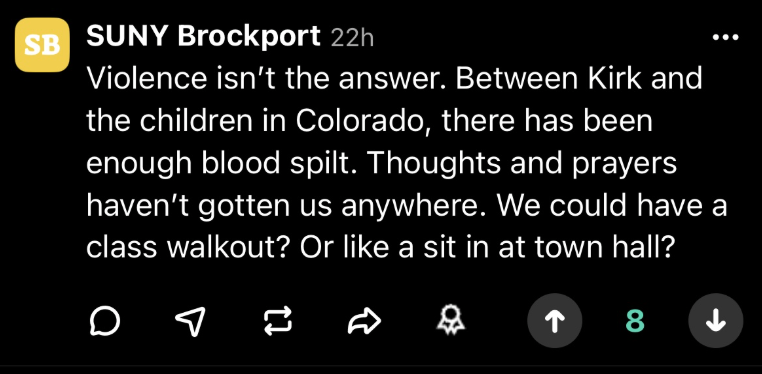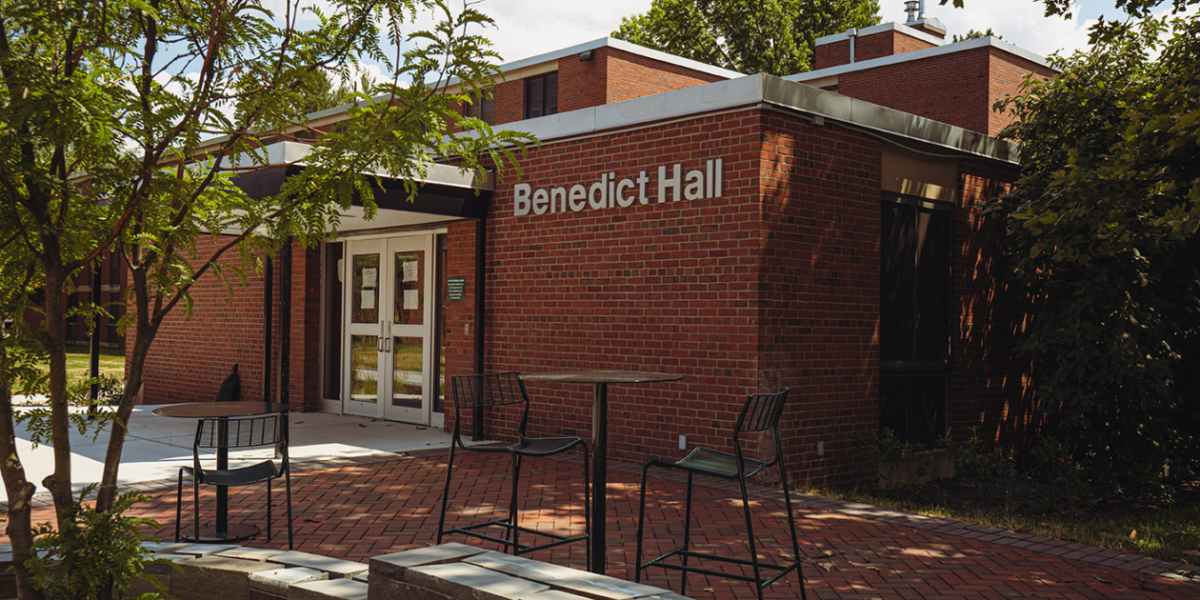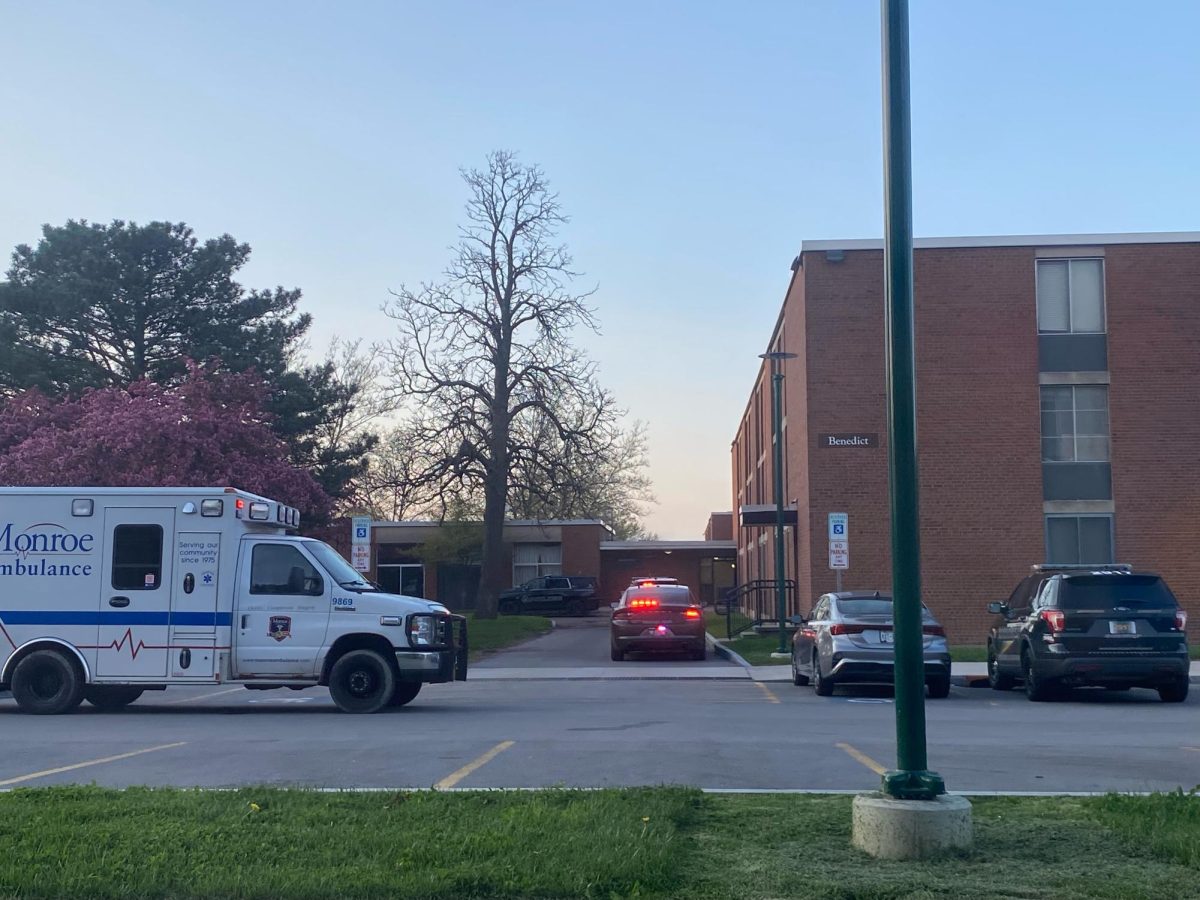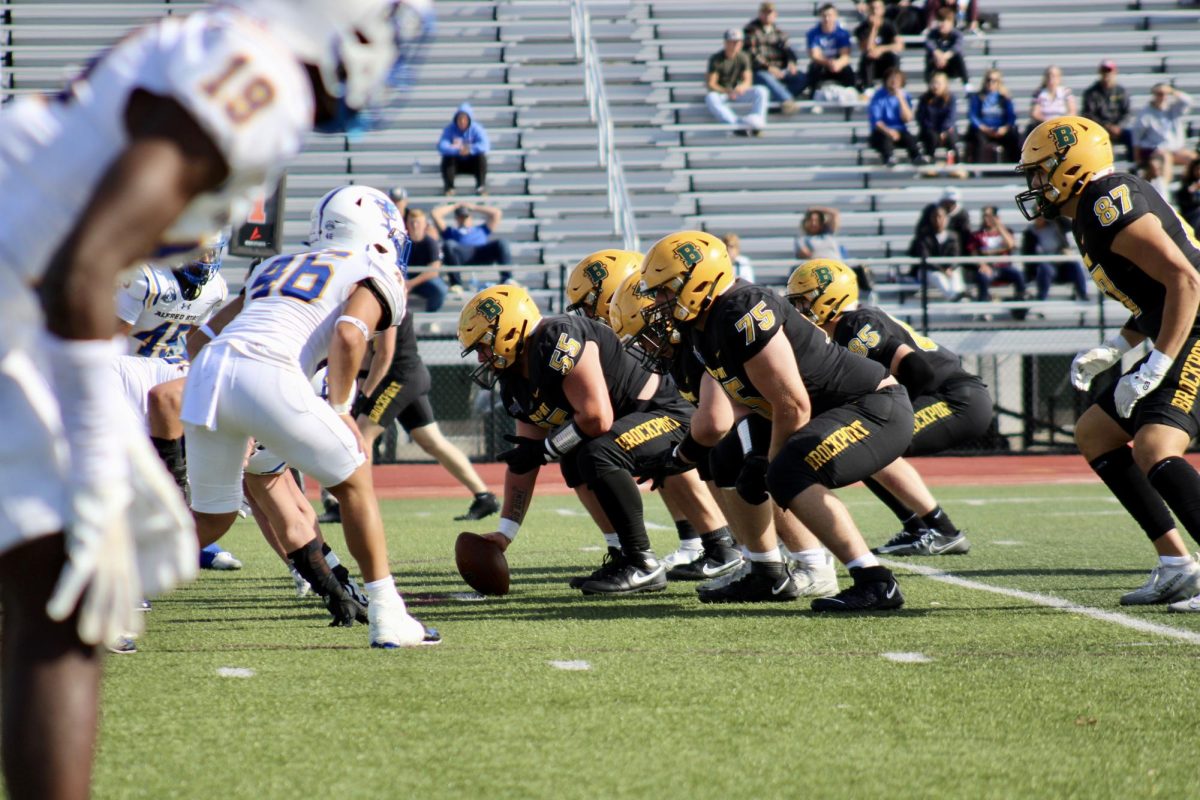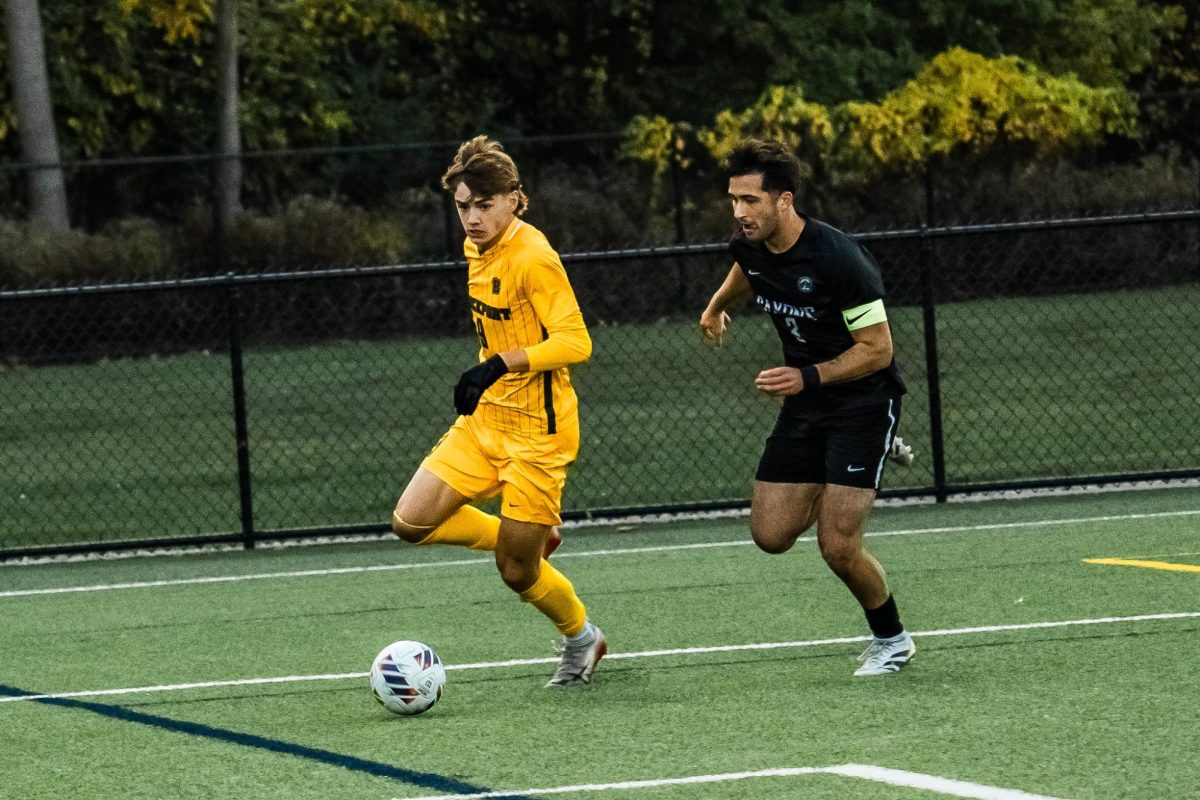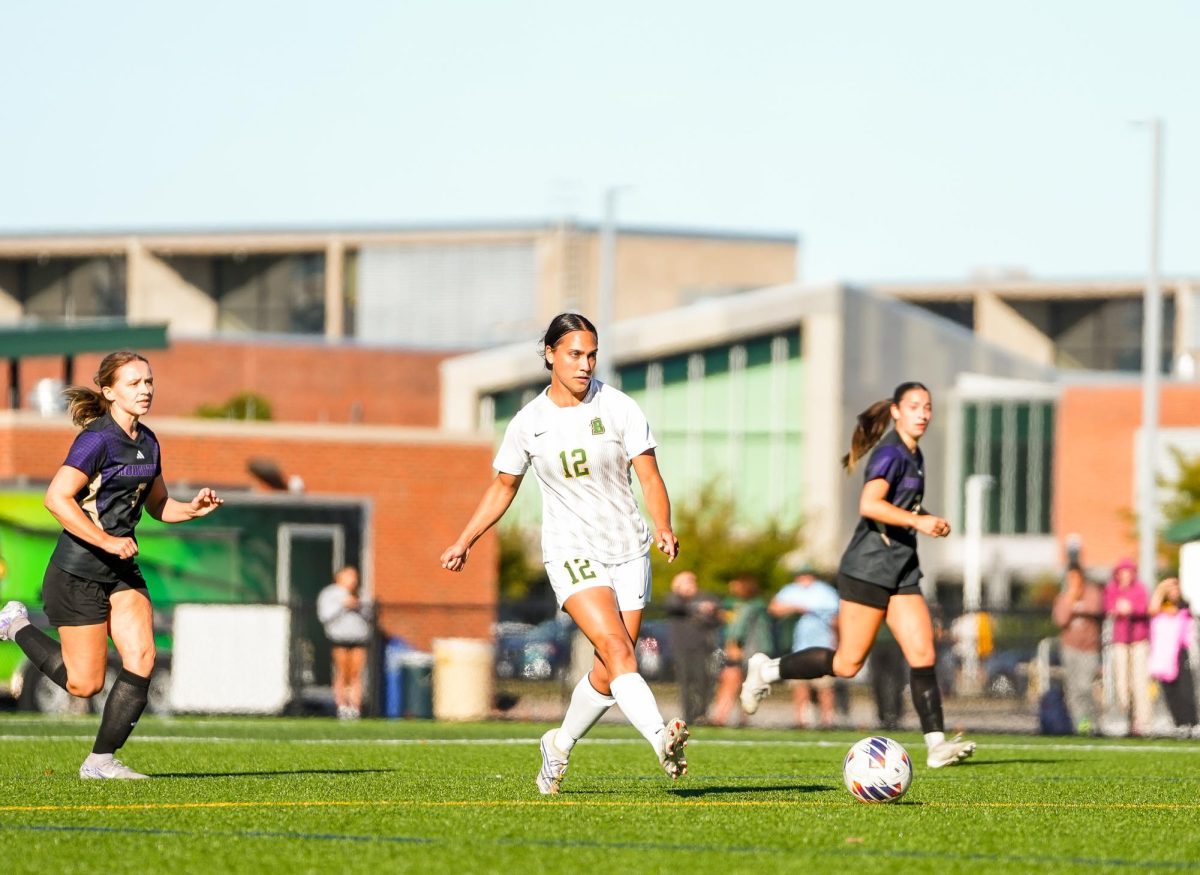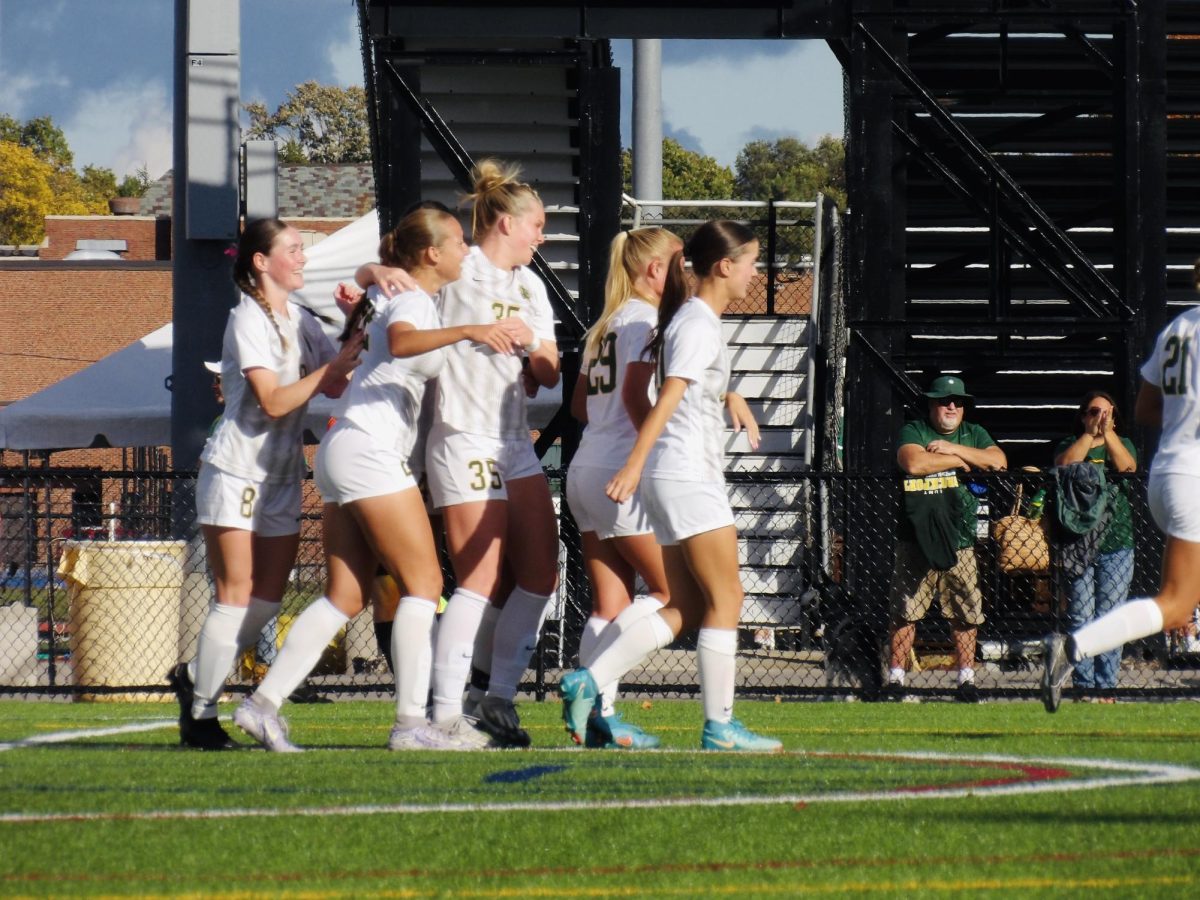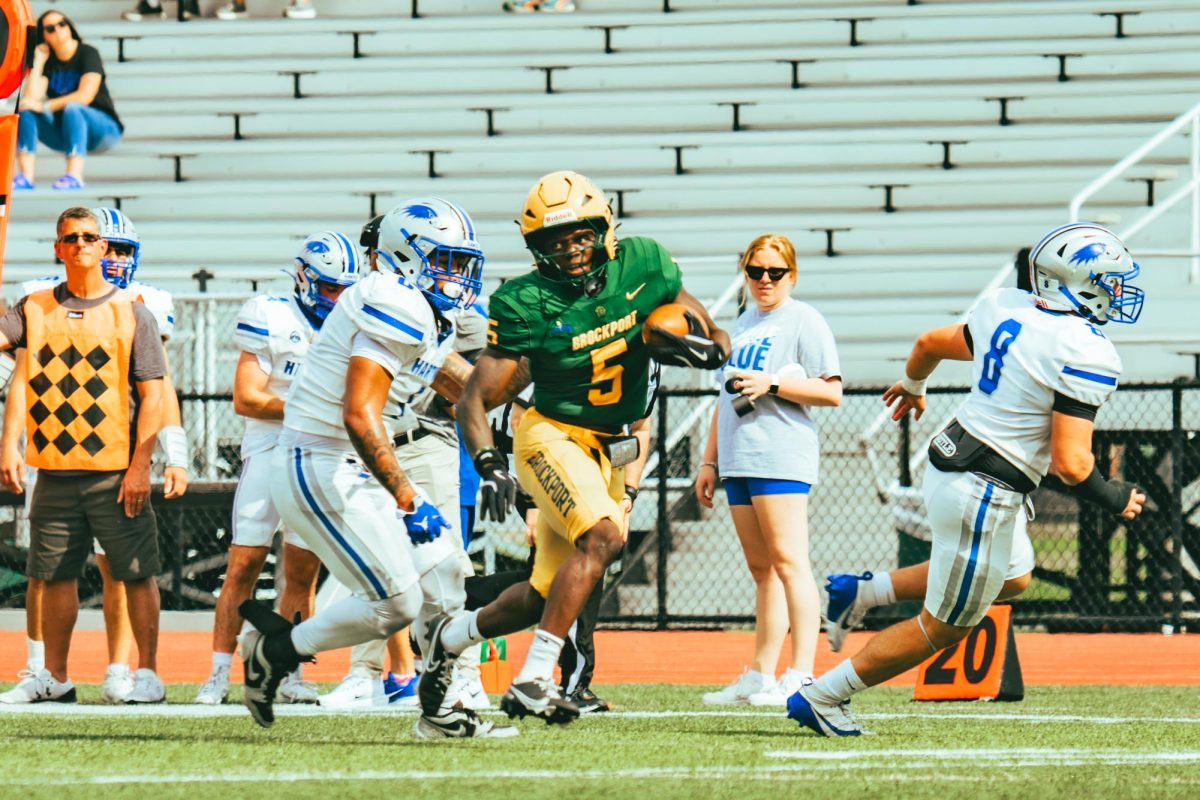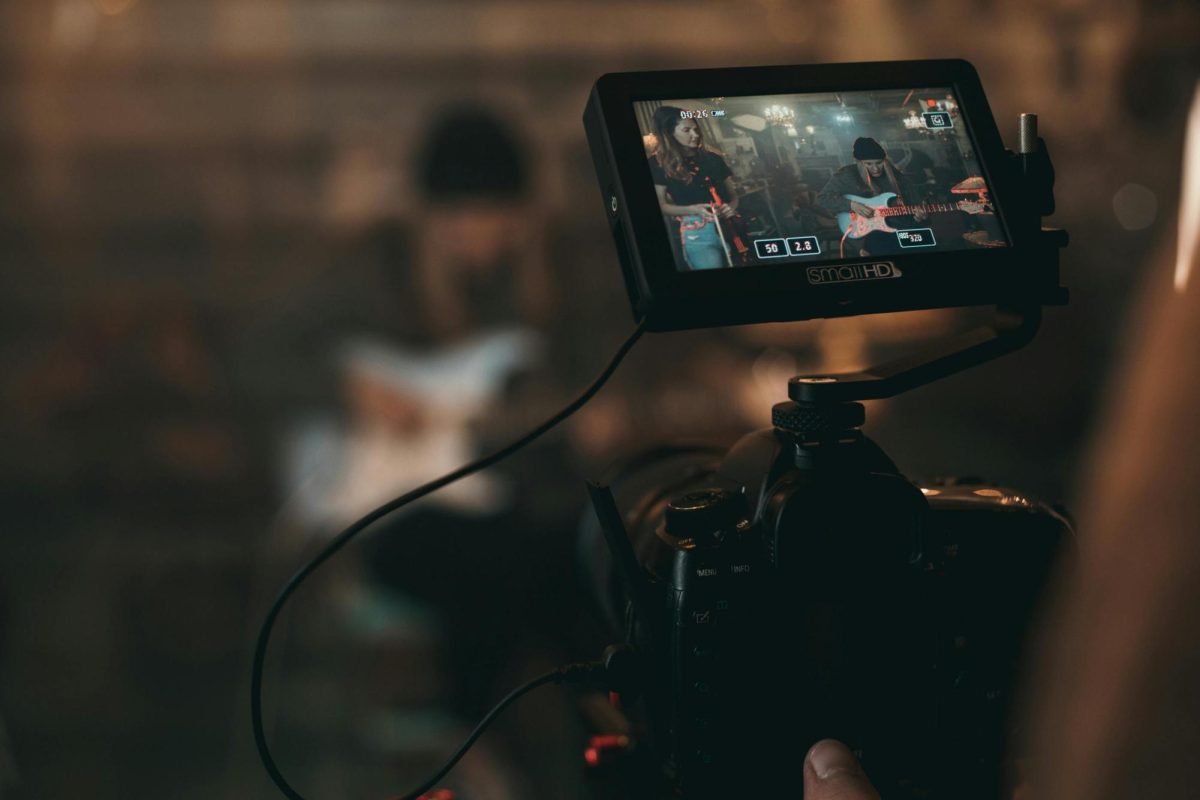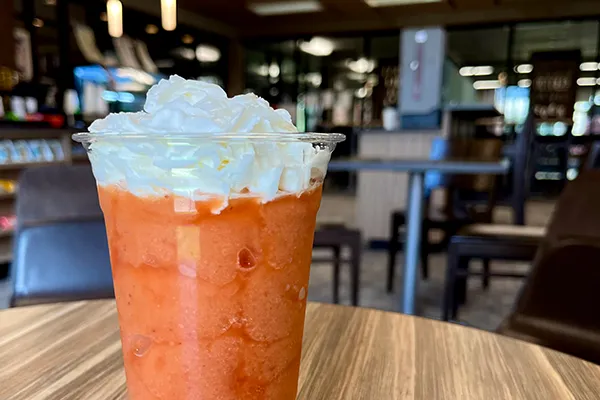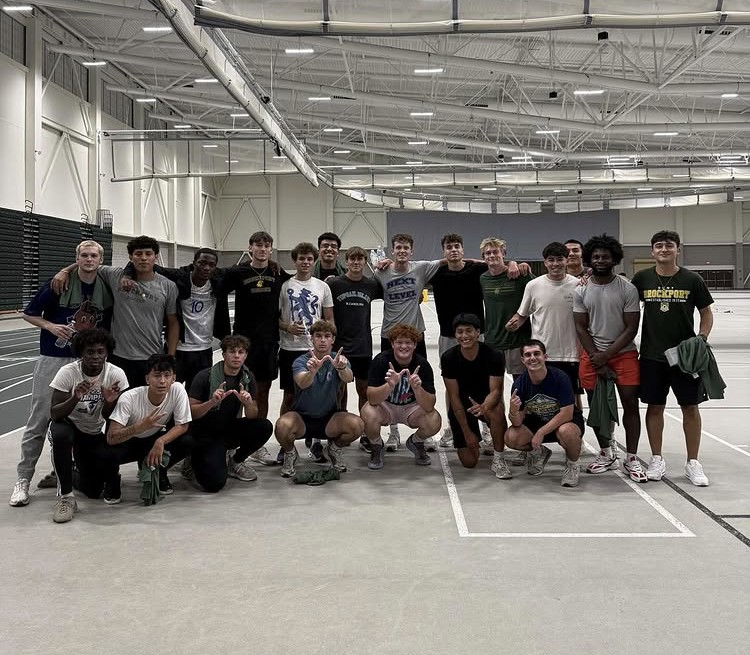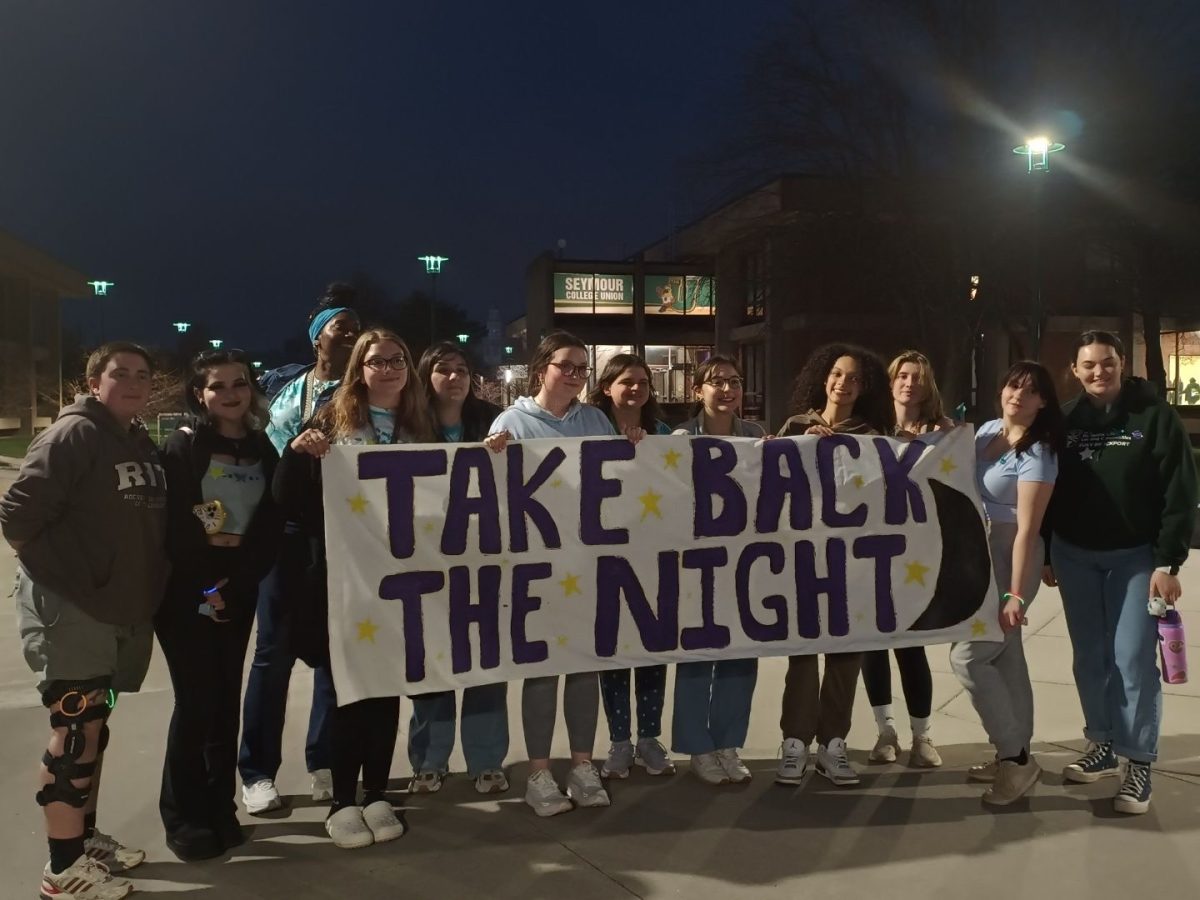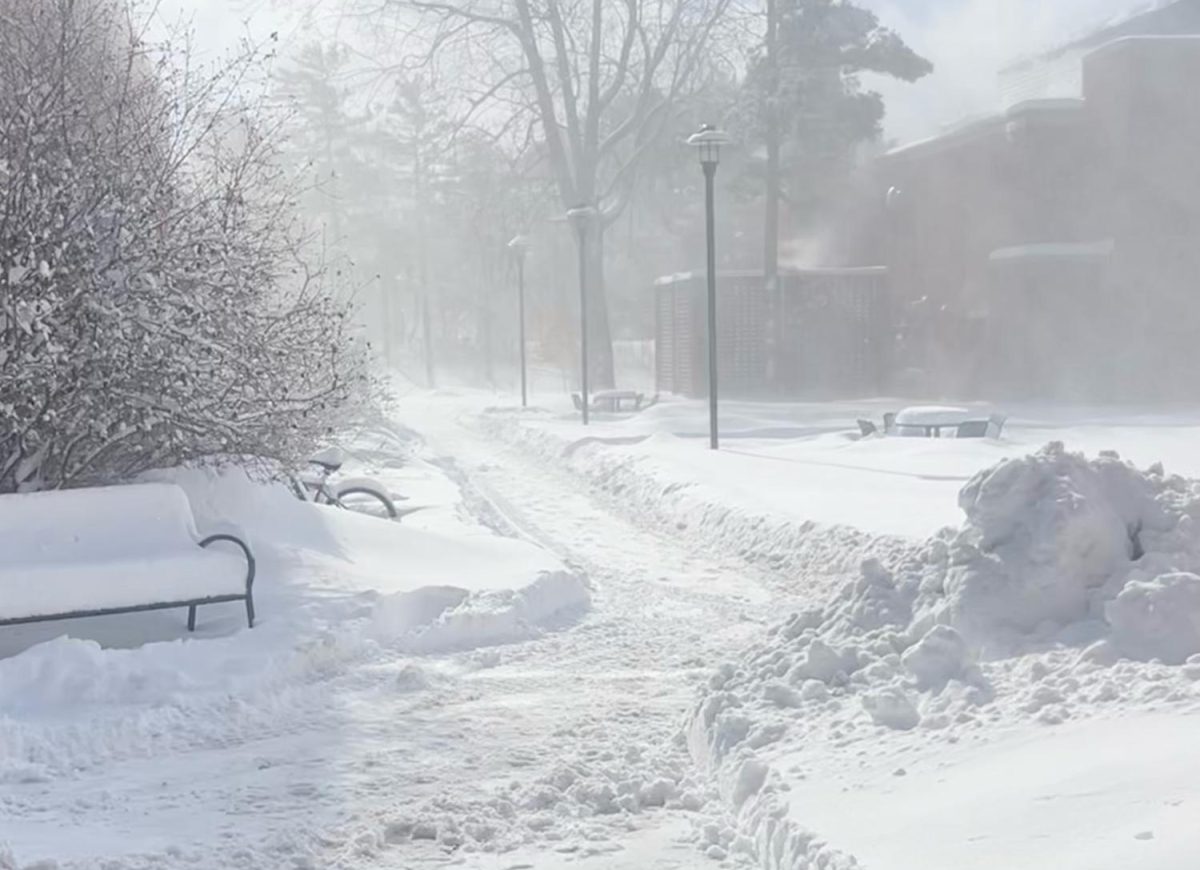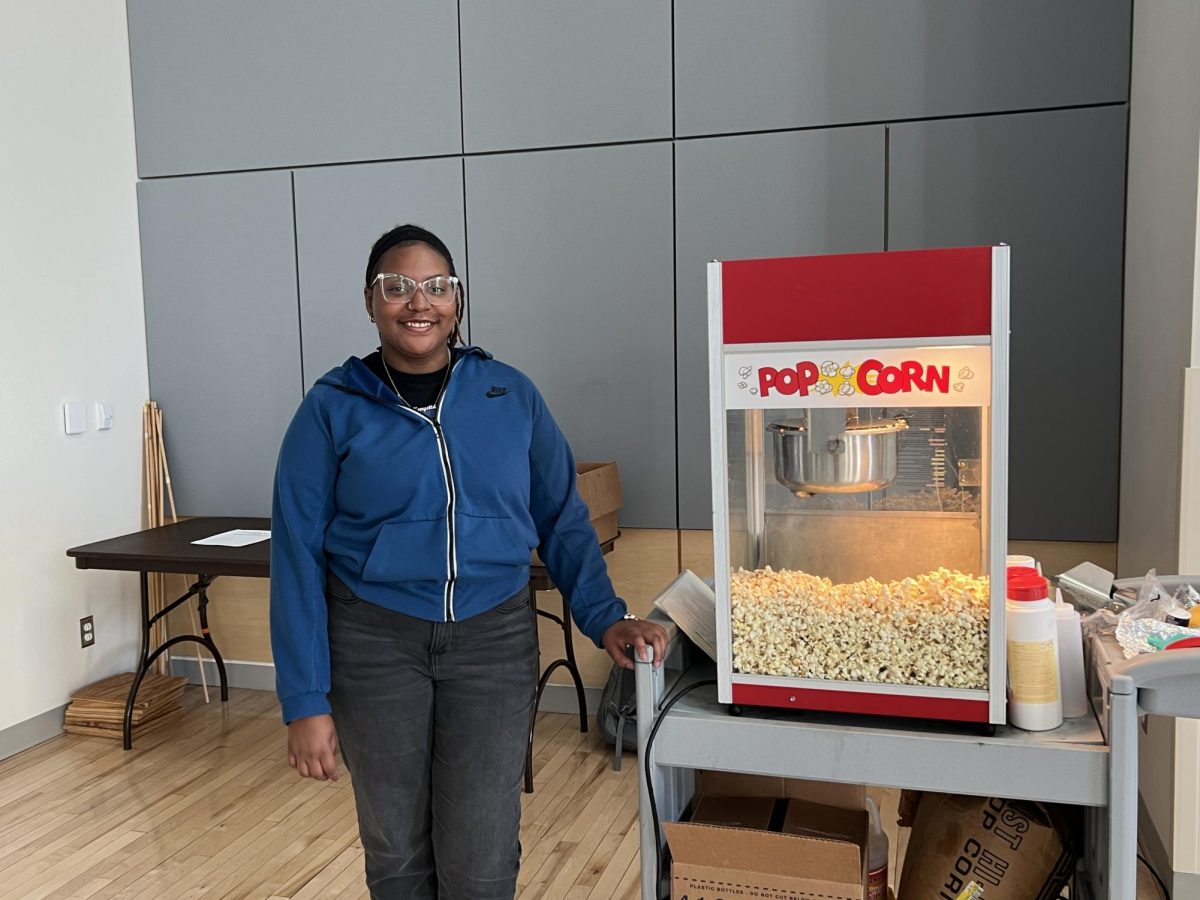Spring break can be a very exciting time for many college students. From beaches to parties to fun in the sun, students have free range to do whatever they want for the next week. But amidst the excitement, it’s crucial to remember that safety should always be your number one priority.
Courtney Earle, the coordinator for Health Promotion and Prevention Education and The Center for Gender and Sexual Diversity, has come up with a fun way to promote safety over spring break.

“Because next week is spring break, we decided to set up a few different tables talking about different party smart activities. We have activities surrounding safe drinking habits and safe cannabis use,” said Earle.
The first table set up was all about drinking safety. The table was set up like a Monopoly board where students were able to pick a character and then roll the dice to go around the board. Like Monopoly, when a student landed on a certain color, they would then pick up a certain card that correlated with the square they landed on. Once the card was picked up, the person at the station would then ask the student a question. If the students got it right, they were granted monopoly money which could be turned in for a prize on the table.
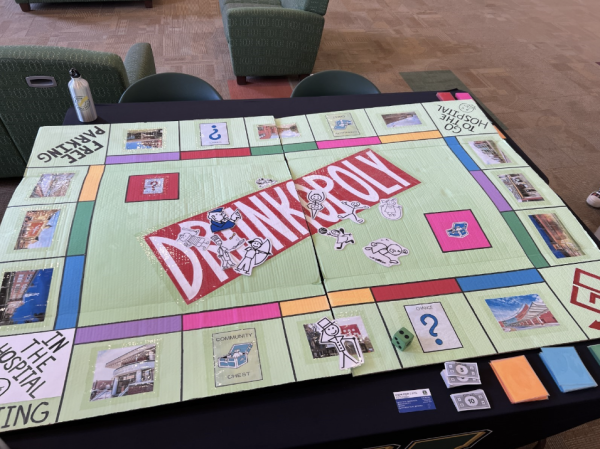
Students could go around the board as many times as they wanted, but they could only pick one prize. While doing this activity, students not only gained insight into drinking habits but also acquired knowledge on how to respond in an alcohol-related emergency.
The next table at the event was very similar to the last one. This table talked about the proper alcohol intake a student should have and how much alcohol one is consuming based on the drink they had.
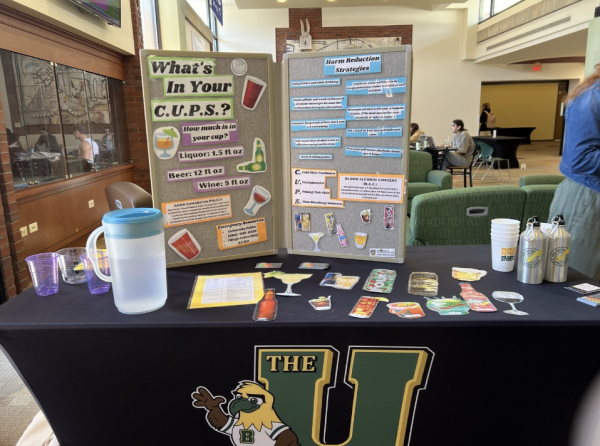
When partaking in this activity, students were allowed to pour how much water they thought was in each drink. The three cups on the left represented beer, wine and liquor. The students were given the opportunity to guess how much alcohol was in each beverage. After the students poured the water into the cups and locked in their answers, the person working at the station would then reveal the correct amount. If the student got two out of the three correct, they were able to pick a prize on the right side of the table.
Not only were students allowed to guess how much alcohol was in each cup, but they were also allowed to guess how many shots were in each drink in the middle of the table. The students were handed a picture of the drink and were then asked to guess how many shots were in each drink.
The point of this activity was to show how much alcohol one would be consuming if they decided to drink over spring break. This activity stressed the importance of knowing your limit and to always have a friend with you to take care of any emergencies that would arise when drinking.
Courtney Earle came up with the idea of C.U.P.S and thought this table could represent the acronym perfectly.
“We use the acronym C.U.P.S to tell when someone has drunk past their limit. C stands for cold skin or semi skin, U is for unconscious, P is for passed out and S is for seizures,” says Earle.
Knowing those signs is important so that you are aware if someone needs immediate medical assistance.
One of the last tables at the event was all about proper cannabis use.
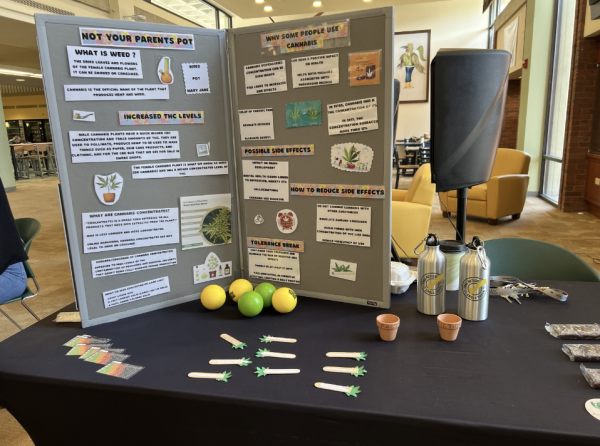
At this table students were allowed to play trivia that was related to cannabis. Students were given time to read over the board that had facts all relating to cannabis. Once the students were done reading, it was time to test their knowledge.
The sticks in the middle of the table were full of true or false questions. If the student was confident in their answer, they would put their stick in either the true pot or the false pot. Once the students were done, if they got most of the answers right, they could pick a prize from the back.
Many students tend to experiment with cannabis around this time, so it is important to know the facts before indulging in risky substances. Many students may also feel peer pressured during spring break to participate in both drugs and alcohol.
“Many students might feel pressured by their friend groups to consume alcohol or other substances. So truthfully, talking to your friends in advance and saying, ‘you know, that’s not just something I want to do tonight’,” says Earle. “Telling your friends you still want to hang out with everyone, but to not factor you into drinking. And, generally, other people respond well to that kind of conversation.”
As spring break approaches, the importance of prioritizing safety cannot be overstated. By staying vigilant, making responsible choices and looking out for one another, you can still make the most of your spring break while safeguarding yours and others’ well-being.

